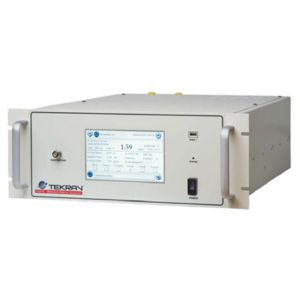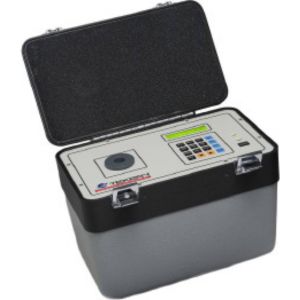
The Tekran® Ambient Air Instruments
Tekran’s® ambient air instruments have been used on every ocean and continent, even Antarctica. The Tekran® Model 2537 Ambient Air Mercury Monitor was the first product developed by Tekran® and remains a driving force of innovation. The Model 2537 is the only analyzer available that is capable of automated, continuous, unattended atmospheric mercury speciation. Our instruments produce high-resolution, accurate data that continues to advance the understanding of mercury cycling in the environment.

Model 2537X
Capable of continuous long-term, unattended operation, the Tekran® 2537X Automated Ambient Air Analyzer has become the worldwide standard for ambient air mercury measurement. The combination of our patented dual pure-gold cartridgeS and ultra- stable CVAFS detector provide unmatched accuracy sensitivity and reliability. The Tekran® 2537X has opened up a wide array of applications that have been published in peer reviewed scientific journals. The only limit is the scientist’s imagination.

Model 1130-1135
Allow fully automated, unattended operation so all three mercury species can be measured continuously. The Tekran speciation system has been used in Polar Regions to delineate the conversion of GEM to PBM and GOM after polar sunrise. One of the greatest problems with conventional particulate mercury measurement methods is that GOM will co-collect on the filter medium along with the PBM. The Tekran speciation system solves this problem by using the accepted method to separate “sticky” gaseous compounds from ultra-fine aerosols, namely a large particle impactor, annular denuder and filter in series.

Model 2505
The Tekran® Model 2505 mercury vapor calibration unit was designed to provide a traceable external standard to audit the Tekran® 2537 internal mercury calibration source. However, the Model 2505 provides an accurate and reproducible means of injecting a known quantity of elemental mercury vapor into any analytical system. Since the saturation vapor concentration of mercury is a well known function of temperature, only the exact volume injected and temperature of the saturated vapor need be known in order to determine the mercury injection mass.
